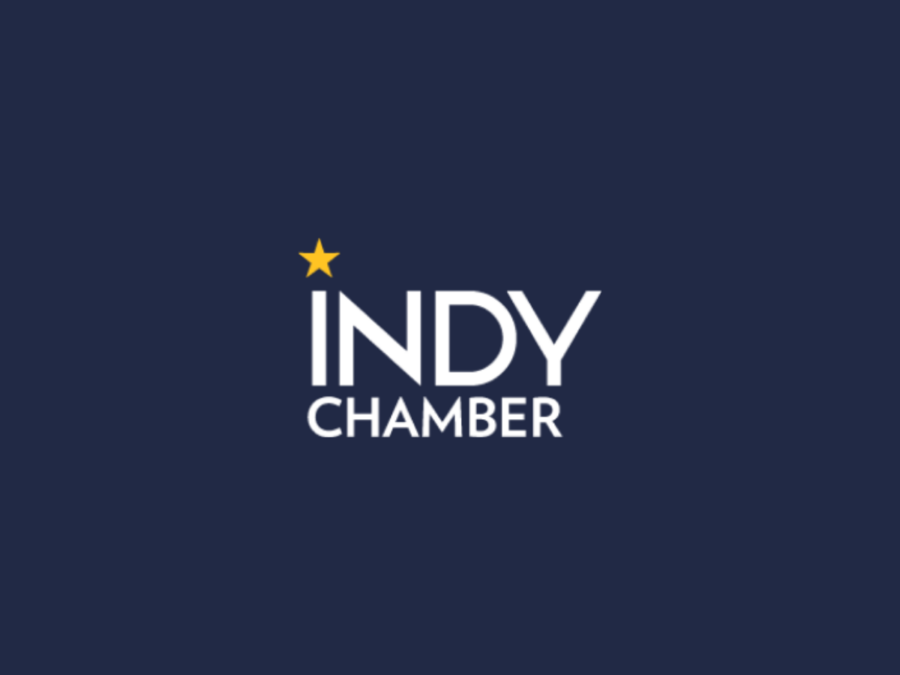The Indy Chamber released detailed findings from its four-month financial and operational assessment of the Indianapolis Public Schools today, outlining cost-cutting recommendations that would save the district more than $477 million over the next eight years. According to the Chamber, these savings allow the district to close its budget deficit and fund salary increases for teachers and principals with a $100 million operating referendum.
“We’re committed to helping IPS succeed and prepare its students for college and careers,” said Indy Chamber President and CEO Michael Huber, noting steady improvements in test scores and graduation rates as IPS has offered new and innovative educational options in recent years. “We’ve worked closely with Dr. Ferebee and his team over the last four months – with great transparency and open dialogue – to build this blueprint for long-term fiscal stability and continued academic progress within a reasonable referendum proposal.”
In March, the IPS Board of Commissioners tabled operating and capital referendum plans and accepted the Chamber’s offer to conduct a thorough assessment of the district to find efficiencies. Early in the process, the Chamber and IPS found common ground on increased compensation for teachers and principals.
“I started this process with a strong concern that the local economy couldn’t absorb a billion-dollar increase levied on employers and families in the IPS district,” said Indianapolis businessman and philanthropist Al Hubbard, a long-time supporter of IPS through programs like the Al & Kathy Hubbard Life-Changing Teacher Awards and major funder of the Chamber study.
“But it’s also obvious that high turnover and noncompetitive salaries are taking a toll – IPS struggles to recruit and retain teachers and principals,” Hubbard continued. “So even though it added to the fiscal challenge, we decided our model should pay great educators more than surrounding districts, and balance that investment with additional cost reductions to bring the referendum down to a realistic number.”
The model would slightly increase class size – keeping a lower student/teacher ratio than other Indy-area districts – by slowing the rehiring of vacancies created by retirements and other departures. These savings would help fund average pay raises of 16% for teachers, $150,000 salaries for principals, and 2% annual raises over the eight-year timeframe across all IPS schools.
“We’ve proposed significant reductions in non-instructional staff, but still needed to make a modest tradeoff in class size and teacher headcount to fund higher salaries,” noted Huber. “In the end, research convinced us that highly-qualified educators make the biggest impact on academic achievement – we believe that better pay for teachers and principals is well worth the added 1.5 students per classroom.”
Key recommendations from the Indy Chamber assessment include:
- Implementing an extensive list of general operating efficiencies – from outsourcing some tech support functions to contracting out nursing support and capitalizing on pharmaceutical rebate programs – adding up to nearly $70 million in savings;
- Reducing Central Office staff by 50%, streamlining administrative costs and aligning with the reality that many of the district’s fastest-growing (innovation) schools operate with less centralized oversight;
- Right-sizing excess facilities – as IPS currently operates space for 43,000 students against an expected 2018-19 enrollment of just over 31,000 – shedding the equivalent of 8,600 ‘empty seats’ over three years while keeping a 10% ‘cushion’ to accommodate unexpected enrollment increases;
- Phasing out high school bus service by exploring expansion of the district’s IndyGo pilot to serve its four remaining high schools and increasing ‘walk zones’ to curb transportation costs;
- Reducing custodial costs with a smaller facility footprint and seeking additional savings based on a comparison of current IPS custodial staffing versus peer districts;
- Executing the Broad Ripple High School lease proposal for educational purposes, capitalizing on this time-sensitive, $8 million opportunity for the property;
- Along with right-sizing unused facilities, exploring the sale of the Central Office headquarters; and
- As noted earlier, reducing teacher headcount 12% through attrition.
The $477 million eight-year projected savings from these and other recommendations would wipe out the projected IPS deficit from 2019-2026 ($319 million); adding the cost of teacher and principal raises ($243 million) and an 8% cash reserve leaves a $100 million gap to be funded by operating referendum.
The assessment also yielded a scenario that balanced the budget and funded raises with no referendum, but the operational impact of implementing more dramatic cutbacks was judged to be too ambitious.
“These recommendations are grounded in common sense – like pushing money into classrooms instead of funding excess facilities,” said Huber. “The pace of change may seem dramatic, but the cost of delay is unaffordable – for students and parents, for educators dealing with limited resources and lagging paychecks, and for local taxpayers.”
A $100 million operating referendum and $52 million capital referendum would combine for an average tax increase of 5.7% across all property types. A typical homeowner (with a house assessed at $100,000) would see a 4.6% increase, while renters could see a 5.8% increase passed along by landlords.
“Tax increases are certainly a last resort, especially when we consider the total tax burden and the competing public priorities of our city,” Hubbard noted. “We’ve worked to minimize the impact in this model, but we don’t make this recommendation lightly…we asked our team to think carefully about every dollar we take from a household budget or business balance sheet as part of this proposal.”
Huber acknowledged differences with IPS on the district’s ability to adopt some of the Chamber recommendations, but welcomed continued discussion and the opportunity to review IPS alternative options and close the gap before the Board of Commissioners meeting on July 17th.
“We’ve balanced our top priorities – investing in education and helping IPS become an employer of choice for outstanding teachers and principals, while avoiding potential double-digit tax increases,” he said. “We’re proud to stand behind this assessment and share it with the public. We hope the IPS board and Dr. Ferebee will embrace this plan and continue the constructive partnership that’s led us to this point.”
Click here for a brief overview.
Click here for a detailed summary of the operational assessment.



